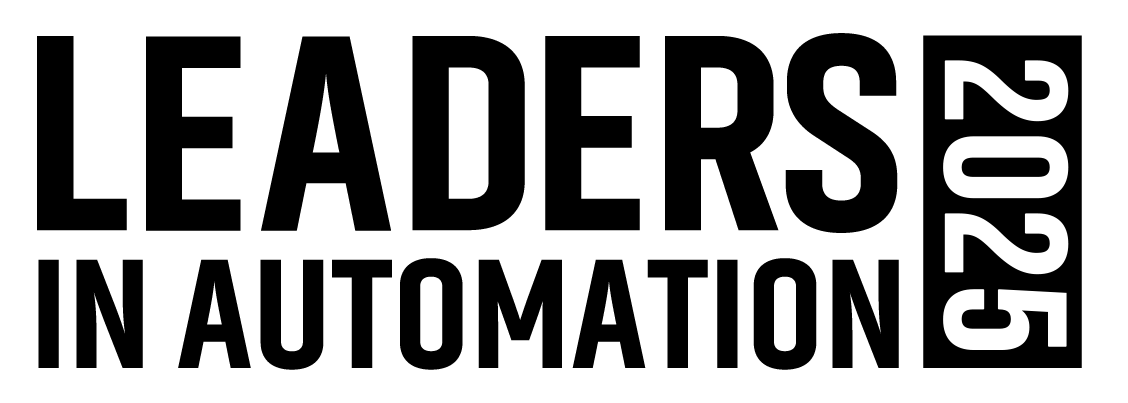Motion Control Technology Trends Transforming Packaging Equipment
- The motion control market is expanding from $16 billion in 2024 to a projected $23 billion by 2031, driven by AI-powered adaptive systems and smart conveyance technology that automatically optimize performance.
- Distributed drive technology integrates servo hardware directly with motors to eliminate the requirement for bulky control cabinets.
- Electric actuators can reduce operational costs by 75% compared to pneumatics while providing higher efficiency and self-diagnostic capabilities.
Packaging equipment serves as a great example of how advanced motion control technology applications are changing the trajectory of industry. Consider these key trends we’ve been seeing across packaging OEMs over the last few years:
- Growing use of AI and machine learning for adaptive motion control to automatically adjust parameters based on product variations and optimize performance in real-time.
- Deployments of smart conveyance technology and robots with machine-integrated control are emerging as key opportunities in the motion control sector.
- Energy recovery systems, such as regenerative drives, that provide lower power consumption are becoming increasingly important.
All of this is reflected in the overall growth of the motion control market, which was valued at nearly $16 billion in 2024 and is projected to reach $23 billion by 2031, according to Verified Market Research.
Getting more specific, Craig Nelson, senior product manager for Siemens Sinamics drives, said the increasing levels of automation in packaging machine production he sees most include the use of electric servo-axes replacing pneumatic and hydraulic devices to increase efficiency and performance.
And then there’s the push to smaller cabinets — or no cabinets at all — on packaging machines, according to Matt Prellwitz, drive technology product manager at Beckhoff USA. Here, Prellwitz noted the growing use of distributed drive technology, which fuses servo or stepper drive hardware directly with a motor for cabinet-free motion control. He added that Beckhoff is also see more interest in its One Cable Technology (OCT) to simplify equipment for cost savings, cleaner cable runs and smaller machine footprints.
Motion control tech trends in packaging machinery
As with numerous other industrial equipment industries, the use of simulation software and data analytics is growing exponentially in packaging. Nelson said the use of real-time motion control hardware simulations are advancing the design and selection of devices such as drives and motors while expediting the complete machine engineering process. These digital twins of packaging machines will eventually span the complete lifecycle from design to de-commissioning, he added.
AI-based motion training programs provide quick simulation of multiple synchronous motion functions, while they suggest the optimal parameters to increase production speeds and reduce jerk and its impact on mechanical parts.
Binu Thomas, production machines business unit manager at Siemens Industry, noted the use of physics-based digital twins to test entire machine and process lines using simulated code running in a virtual PLC hosted on an engineer’s laptop or tablet PC. This facilitates the optimal deployment of equipment to reduce the risk of cost overruns.
High-speed communications, which have always been critical to motion control applications are becoming even more important with their ability to provide built-in diagnostics for packaging machines. Prellwitz said this is why EtherCAT has become a leading communication standard in packaging for motion control, including robotics and mechatronics, as EtherCAT can directly integrate programmable safety for motion control applications.
The growing connectivity of motion systems in packaging equipment can also act as a stethoscope that looks deeply into a machine. For example, Justin Garski, Americas OEM segment manager for packaging and converting at Rockwell Automation, said this increasing connectivity means that the addition of a temperature or vibration sensor to a packaging equipment control system may not be necessary when a servo with these components built-in can be used.
Getting past the advanced motion control sticker shock
For packaging machinery OEMs, the greater connectivity possibilities and ease of programming associated with most new motion control technologies means that the biggest challenge today is cost.
The high upfront costs of advanced motion control can be challenging, but the ROI is easily achievable when end users can reduce the amount of necessary labor to operate and maintain machinery due to the advantages provided by the technology.
Garski said the upfront costs of new motion control tech is always part of the discussion since no OEM really wants to pay them, of course. But the ongoing issues associated with industry’s dwindling workforce reduces much of this resistance. Garski said the bottom line is that packaging machines need to be smarter, easier to run and as self-sufficient as possible, thus mandating the need for advanced motion control tech.
Thomas agreed that the high upfront costs of advanced motion control can be challenging, but the ROI is easily achievable, he said, when end users reduce the amount of necessary labor to operate and maintain machinery due to the advantages provided by the technology.
Prellwitz cited a common example of replacing pneumatics with more energy-efficient electric actuators. While the upfront cost for an electric actuator can be higher, the long-term savings are far more substantial, in the vicinity of 75% less operational cost compared to pneumatics, he said. Electric actuators not only lower energy use, they also support higher duty cycles to deliver significant cost savings over time. That’s why he advises OEMS to focus more on the long-term savings than the initial up-front costs.
Better motion device connectivity means that the addition of a temperature or vibration sensor to a packaging equipment control system may not be necessary when a servo with these components built-in can be used.
AI and the next wave of motion control innovation
Thomas foresees big impacts from the use of AI on packaging machine design and deployment. In particular, he noted the use of AI copilots to assist programmers and reduce the effort required to develop and deploy new functions and/or enhance existing machine features. For example, AI-based motion training programs provide quick simulation of multiple synchronous motion functions, while they suggest the optimal parameters to increase production speeds and reduce jerk and its impact on mechanical parts.
Multi-physics based digital twin models are also valuable for validating machine design and providing insights on potential design flaws that could cause excess stress on certain components or lead to excessive machine vibration.
Software engineering environments with built-in AI agents will help programmers complete code, debug code or even start code from scratch with simple prompts to improve project development and ensure quality programming structures, noted Prellwitz. In motion control applications, he said AI can be used to gather machine data and provide insights to continuously improve applications over time.
More motion control insights from Automation World:
About the Author

Leaders relevant to this article:




